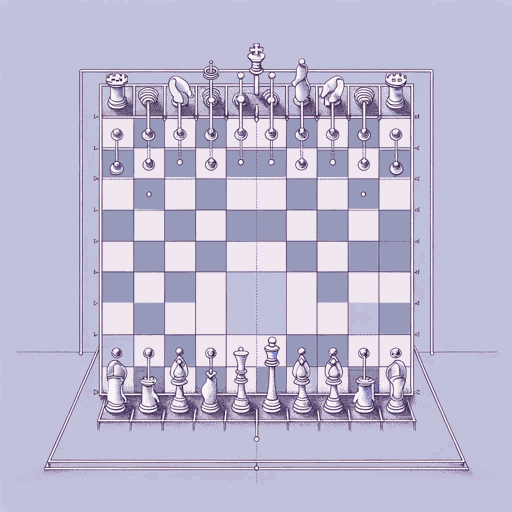65 pages • 2 hours read
Elizabeth CaryThe Tragedy of Mariam
Fiction | Play | Adult | Published in 1613A modern alternative to SparkNotes and CliffsNotes, SuperSummary offers high-quality Study Guides with detailed chapter summaries and analysis of major themes, characters, and more.
Symbols & Motifs
Beauty
Beauty is a significant motif throughout the play, appearing even in its title. Almost without exception, every character describes Mariam using the word “fair.” As the play progresses, these descriptions become more elaborate, linking Mariam to other beautiful women—especially monarchs, but sometimes even goddesses. In every case, Mariam herself emerges as the more beautiful woman.
As this universal adoration of Mariam’s beauty continues, it becomes apparent that her beauty is not merely physical attractiveness—though that is part of it. Rather, “fairness” comes to connote a radiant feminine perfection that also encompasses virtues like chastity and gentleness. Much like these broader feminine norms, this standard of beauty is limiting. For example, it is notable that what Nuntio emphasizes most about Mariam’s execution is the fact that she retained her beauty throughout, as though this were more important than her innocence, or as though her death would be less tragic if she were less beautiful.
It’s also important to recognize that the beauty standards Cory applies to Mariam are those of Renaissance Europe—i.e., the emphasis placed on her pale complexion. At the time of the play’s writing, these standards were less strongly racialized than they are now, and more associated with social class (since only the lower classes would spend their days working in the sun and thus tanning).

